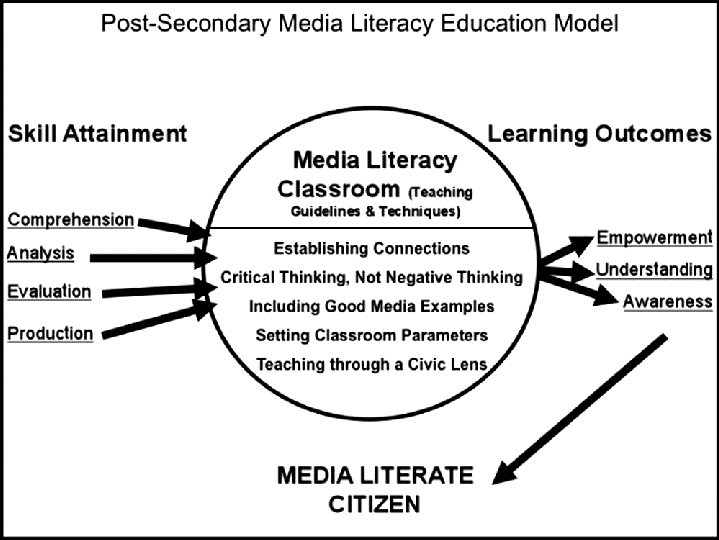Open dialogues about media literacy and factual information can create conflict, why does this happen?
Media literacy is the art of critical thinking and active inquiry into messages that are created, received or shared. It is about developing competencies to help students and professionals to create, analyze, and evaluate media. Proponents of media literacy think that it empowers individuals by providing them with tools desired for creative thinking and democratic society. It helps students to distinguish true and fake news and identify biases along with news storylines. Media literacy is about creating curiosity among students to help them combat propaganda, understand the context of media stories, know who could influence the news and the political party that a particular news source is affiliated with (Smith, & Miller, 2021). On the other hand, media literacy has received criticism because it often gets weaponized. Many progressive people panic about the conservative media, while in our polarized society, people tend to judge those with lower media literacy. Even in an enlightened society, it is difficult to have homogeneity in how people treat media literacy. Therefore there will always be conflict in open dialogs where factual information and media literacy is involved.
What is the benefit of having a PLN that values media literacy?

Figure 1: The media literacy model
Media literacy is an important framework for the 21st-century PLN. As shown in Figure 1, media literacy provides the skills required to survive and prosper in the modern connected, but complex world. 21st-century learning not only requires the basic skills of reading, writing, and solving arithmetic, but also requires global awareness, understanding of health issues, and economic literacy. Digital literacy requires members of PLN to be tech-tuned, info-savvy, and media-fluent (Trilling, & Fadel, 2009). This helps them to develop adaptability, self-direction, cross-cultural interactions, accountability, and leadership. Media literacy requires students to learn the past, the present, and the future to solve complex problems.
References
Smith, J., & Miller, J. (2021). Media Literacy – Facts Matter – Course YouTube Channel https://youtu.be/57r3-aEnci0.
Trilling, B., & Fadel, C. (2009). 21st-century skills: Learning for life in our times. John Wiley & Sons. https://login.ezproxy.library.uvic.ca/login?qurl=https://learning.oreilly.com%2flibrary%2fview%2f21st-century-skills%2f9780470475386%2f%3far%3forpq%26email%3d03R4d4eNyBMHvB8Nf3Cy4g%253d%253d%26tstamp%3d1636989275%26id%3d78AF39EB99375BDDB367040CF1F61FCB61597103.
Leave a Reply